20 Rare Animals That Only Appear During Certain Seasons
Some animals are highly seasonal, appearing only during specific times of the year. These creatures follow the rhythms of nature, adapting to changing climates and food availability. From the icy waters of the Arctic to the vibrant forests of the tropics, their seasonal presence is a wonder to behold. Some animals migrate great distances, while others change their behavior to survive harsh conditions. Observing these rare animals can be a once-in-a-lifetime experience.
This post may contain affiliate links, which helps keep this content free. Please read our disclosure for more info.
Snow Leopard
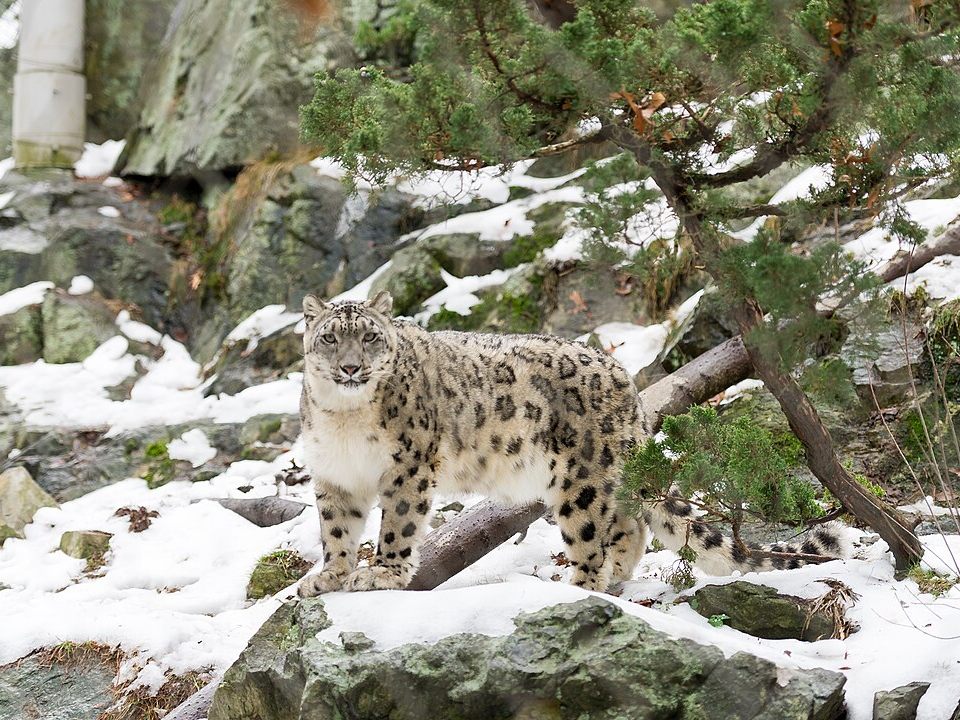
The snow leopard is an elusive predator that roams the mountain ranges of Central and South Asia. It is typically found in regions that experience harsh winters, where its thick fur helps it survive in cold temperatures. These cats are highly adapted to mountainous terrain, often remaining hidden among rocky outcrops and dense forests.
Snow leopards are primarily active during the winter months, using the snow-covered landscapes to their advantage when hunting for prey. They are solitary animals, relying on stealth and power to bring down animals such as blue sheep and ibex. Due to the challenging conditions and their reclusive nature, spotting a snow leopard in the wild is a rare and extraordinary experience.
Monarch Butterfly
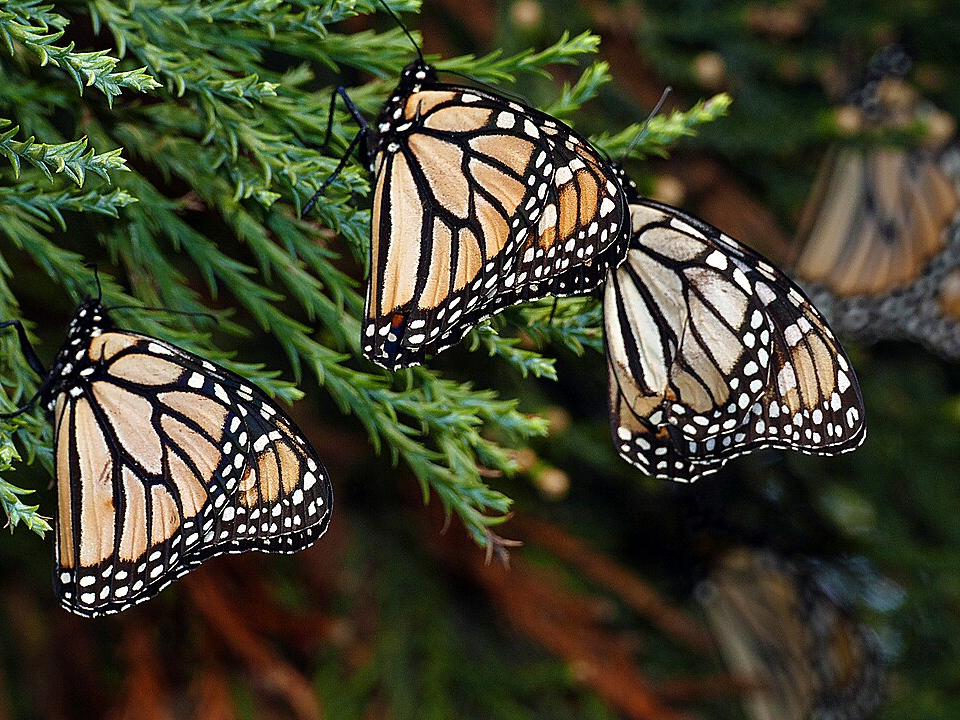
Every year, millions of monarch butterflies embark on a remarkable migration that spans thousands of miles. These butterflies travel from North America to the forests of central Mexico, where they gather in massive clusters on the trees during the winter. This migration is triggered by changes in temperature and the shortening of daylight hours as the seasons shift.
The monarchs begin their journey in the late summer, using the position of the sun and wind patterns to guide them. Once in Mexico, they spend the winter in a state of dormancy until the spring, when they begin to fly back north to reproduce. This seasonal phenomenon is a testament to the butterfly’s resilience and the mysteries of nature’s cycles.
Arctic Tern
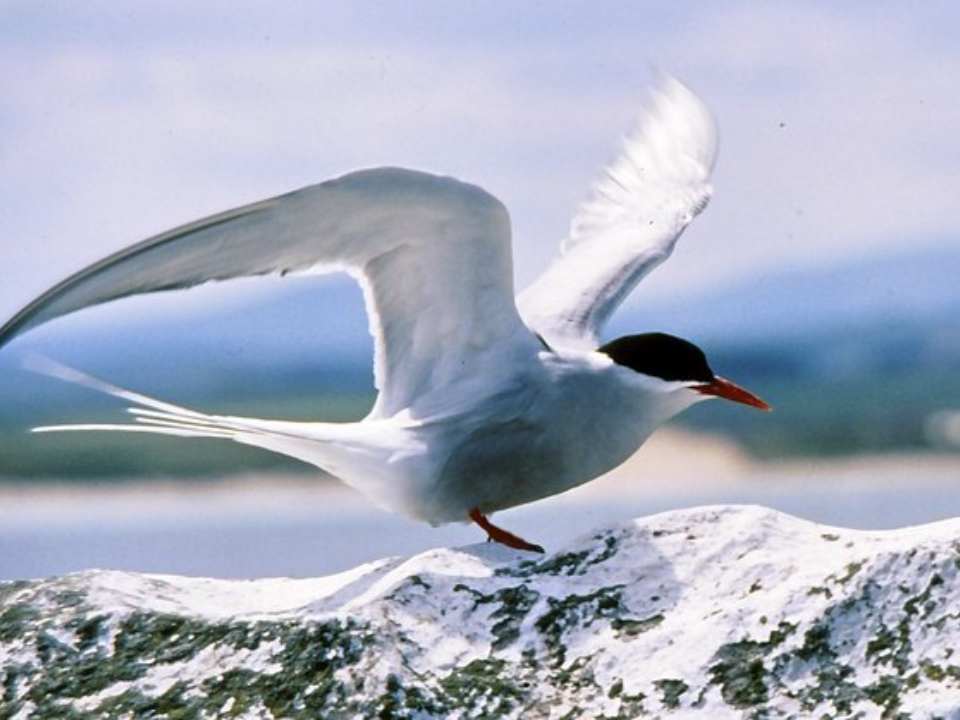
The Arctic tern is a migratory bird known for holding the title of the longest migration in the animal kingdom. These birds travel from their breeding grounds in the Arctic to the warmer southern oceans. They are highly adaptable and rely on seasonal changes in temperature to guide their movements, taking advantage of the endless summer sunlight found in the polar regions.
During the winter months, the Arctic terns find their way to the southern hemisphere, particularly to the coastal waters of Antarctica. They spend several months in the warmer waters before returning to the Arctic to breed. Their incredible migration is essential to their survival and is driven by the seasonal availability of food.
Narwhal
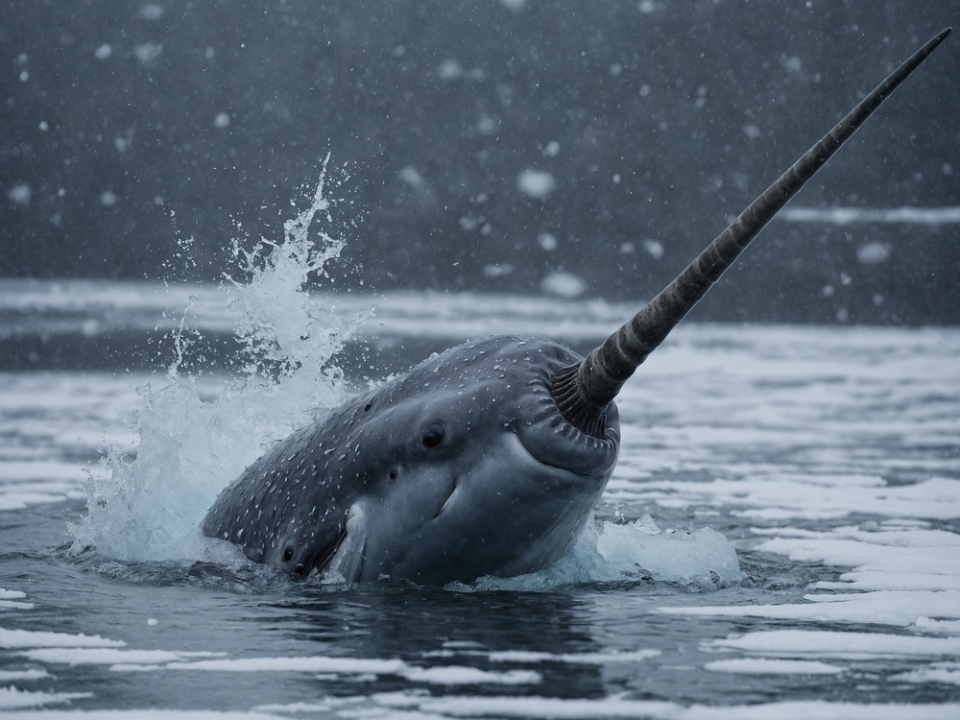
Narwhals are known for their distinct long, spiral tusks, and are found in the Arctic waters. These marine mammals are closely associated with the winter season, as they spend most of the year under the thick sea ice. The narwhals’ seasonal appearance depends on the sea ice conditions, with their migrations driven by the need to find open water to breathe.
During the colder months, narwhals travel to deeper waters that remain ice-free, where they hunt for fish and squid. As the ice begins to break up in the spring, the narwhals move closer to the coasts to give birth. This seasonal pattern ensures the narwhals’ survival in the harsh Arctic environment.
Walrus
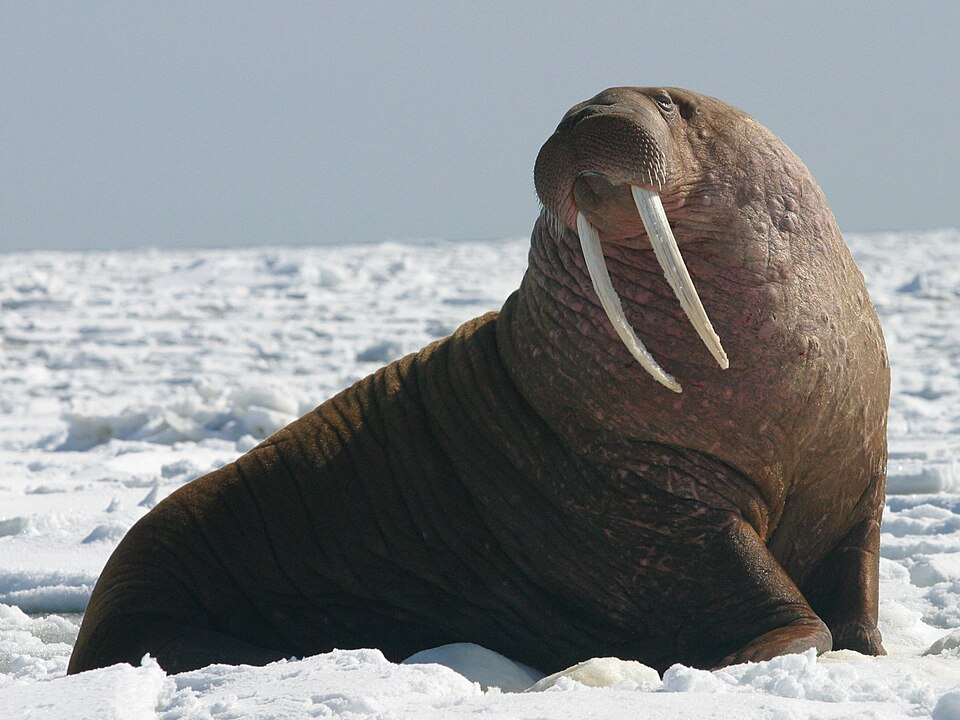
Walruses are large marine mammals that are often spotted in the cold waters of the Arctic during winter. They rely on seasonal sea ice to haul out and rest, as it provides them with a solid surface to rest between dives. Walruses typically gather in large herds on ice floes, where they sleep, socialize, and nurse their young.
As the seasons change and the ice begins to melt, walruses migrate to the colder waters to continue feeding on shellfish and other benthic organisms. Their presence is a clear indicator of the season’s transition, as they are most often found in the Arctic during the colder months, using the ice as their primary habitat.
Icefish
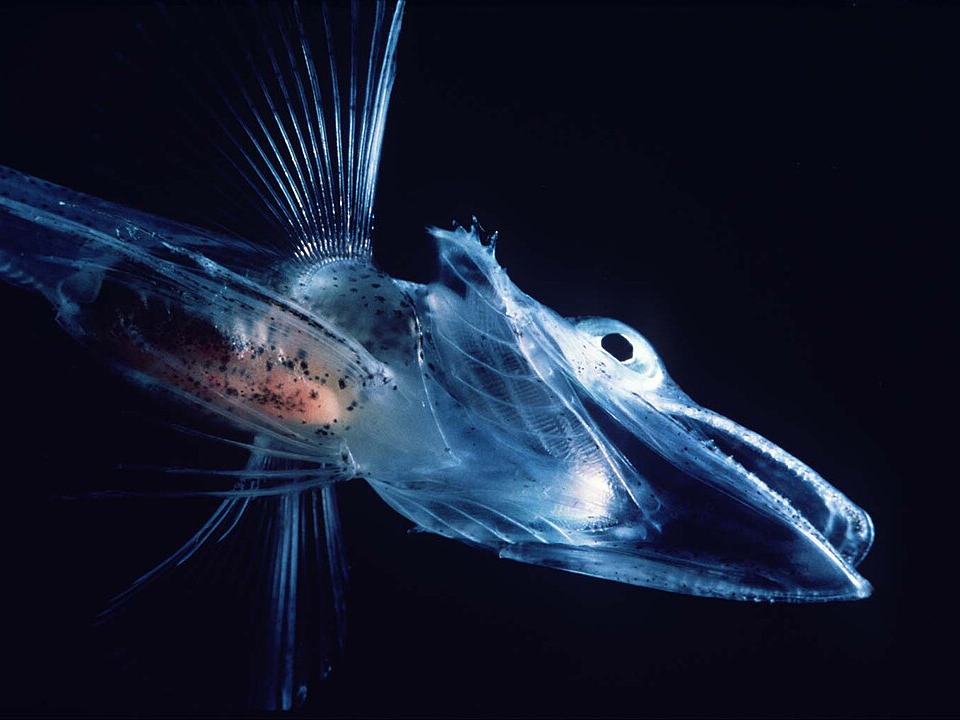
Icefish are a rare species of fish found in the frigid waters of the Southern Ocean, near Antarctica. These fish have evolved to survive in extreme cold temperatures, and their bodies produce an antifreeze protein to keep their blood from freezing in the ice-cold waters. Icefish are typically seen during the Antarctic winter when the ocean is at its coldest.
These fish are not only adapted to survive in freezing temperatures, but they also play a crucial role in the Antarctic food web. Their seasonal presence and the specialized adaptations they have made allow them to thrive in an environment where few other creatures can survive.
Pika
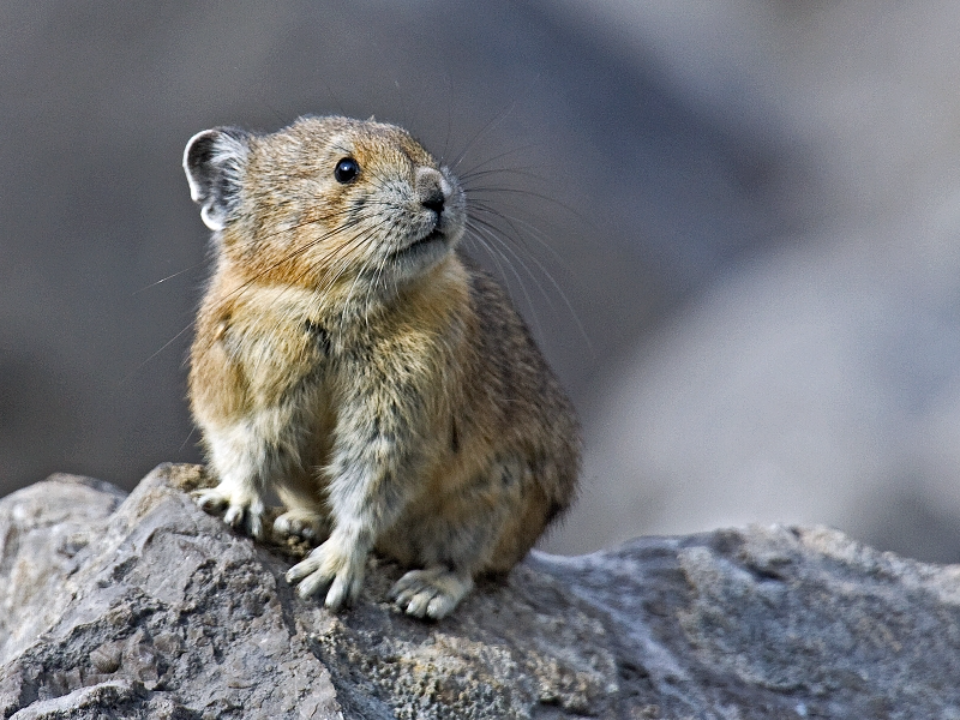
Pikas are small, mountain-dwelling mammals that are closely related to rabbits. They thrive in cold, rocky regions, typically at high altitudes. Pikas are most active during the summer and fall months, gathering food to store for the harsh winter when the environment becomes inhospitable.
During winter, pikas enter a state of dormancy, relying on their stored food to get through the colder months. They are highly dependent on the seasonal availability of plant materials, and their population can fluctuate with climate changes. The pika’s seasonal behavior makes them a key indicator of environmental shifts.
Red-Crowned Crane
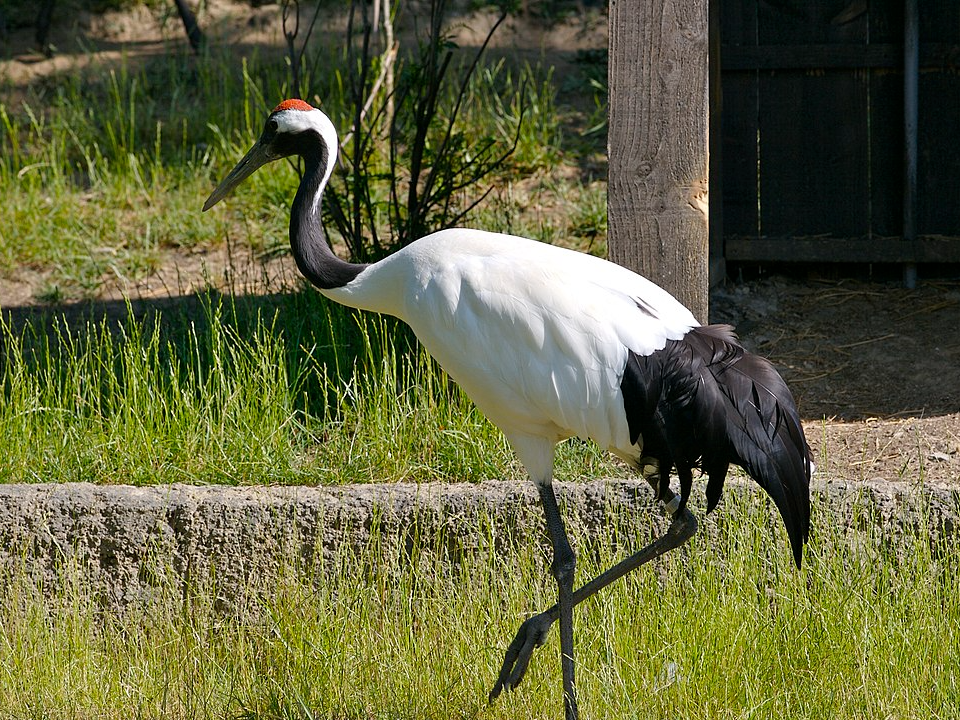
The red-crowned crane, native to East Asia, is a majestic bird often associated with traditional cultural symbolism. These cranes are migratory and travel between breeding grounds in China, Japan, and Russia. Their movements are timed with the seasons, migrating southward as winter approaches and returning north in spring for the breeding season.
During the colder months, the red-crowned cranes seek warmer climates, often gathering in large groups to forage for food in the wetlands. Their seasonal migration patterns are a critical aspect of their life cycle, ensuring that they have access to the resources they need for survival.
Penguin
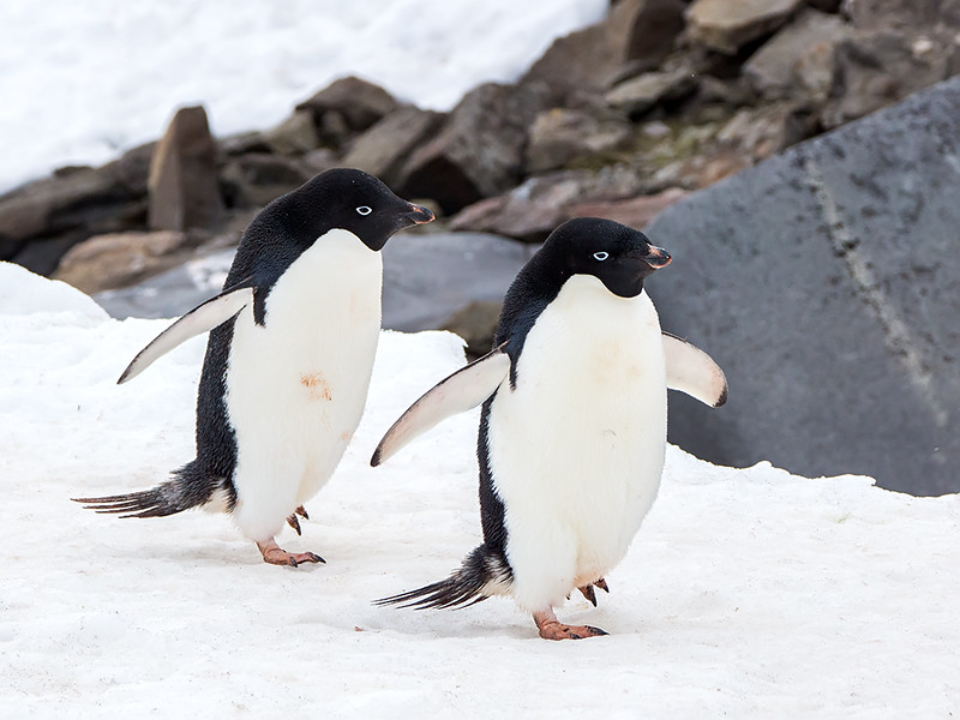
Penguins are one of the most iconic animals that appear only during specific seasons, especially in Antarctica. These flightless birds are adapted to the coldest environments on Earth, where they breed during the Southern Hemisphere’s summer months. Penguins migrate between regions depending on the availability of food and the timing of breeding.
In the colder months, penguins gather in large colonies to incubate their eggs and raise their chicks. They are often found on the Antarctic ice during the breeding season, only to disperse when the seasons shift, moving towards the water for hunting.
Barnacle Goose
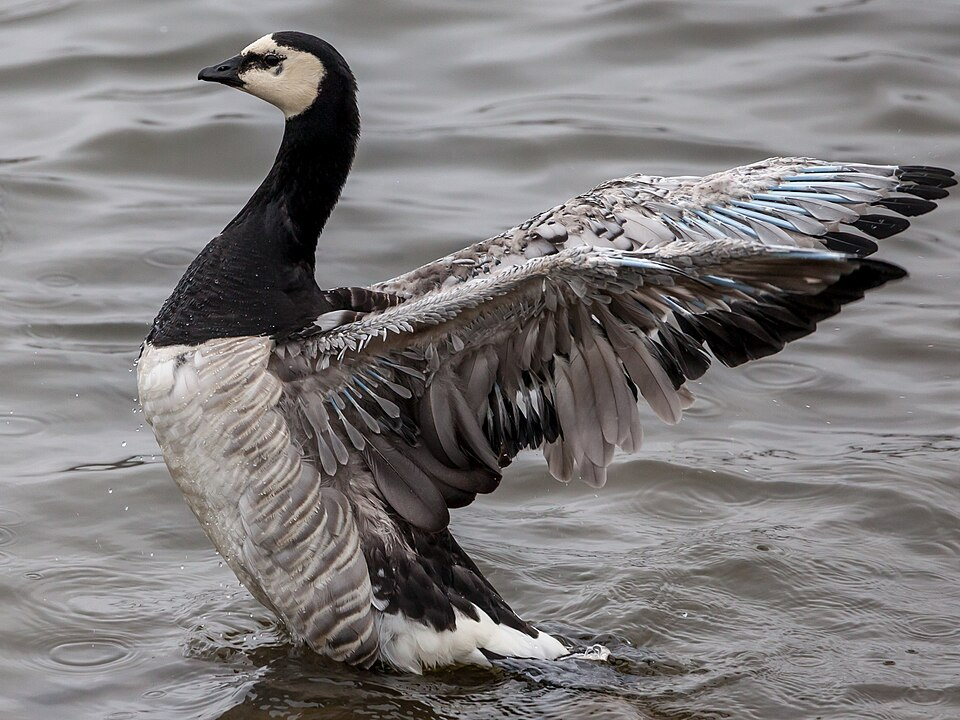
The barnacle goose is a migratory bird found in the Arctic and sub-Arctic regions. These geese breed during the spring and summer months in Greenland and parts of Scandinavia. During the winter, they migrate to coastal areas in the British Isles, Ireland, and northern France to find food.
Their migration is heavily influenced by the changing availability of resources and the harsh weather conditions in their breeding grounds. Barnacle geese are known for their striking black-and-white plumage, which makes them stand out during their seasonal visits.
Golden Toad
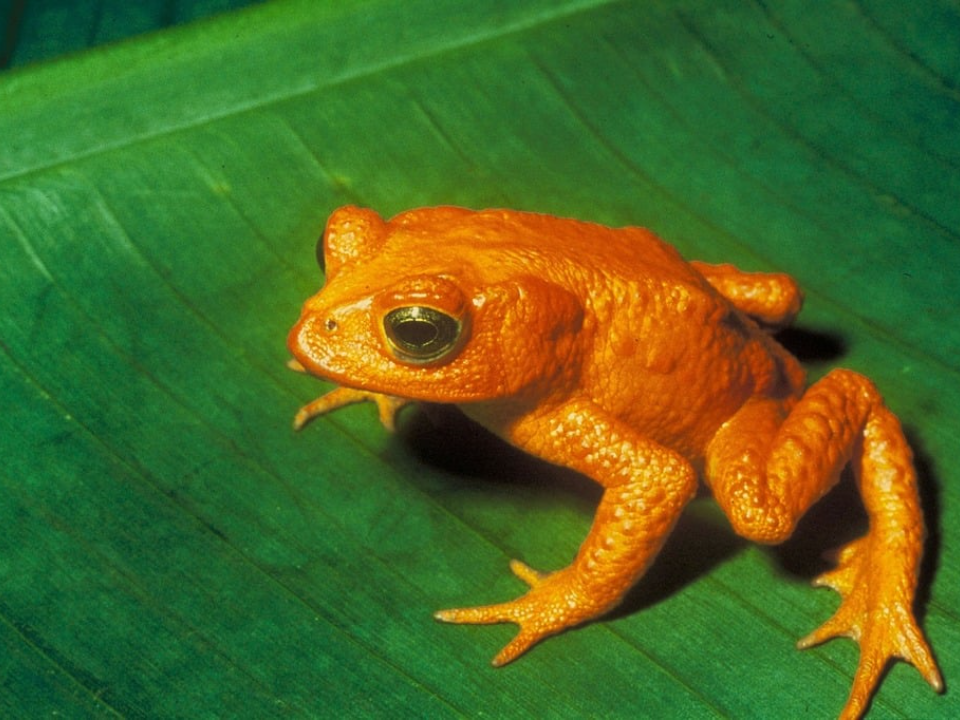
The golden toad is an amphibian species native to the cloud forests of Costa Rica. This bright, golden-colored toad was once abundant but is now considered extinct due to habitat loss and disease. They were typically found only during the rainy season when they would gather for mating.
Their sudden appearance during the rainy season was a short-lived spectacle, with males calling for mates in the moist environment. The golden toad’s seasonal behavior was a reminder of how delicate the balance of nature can be, as it was closely linked to specific environmental conditions.
Saiga Antelope
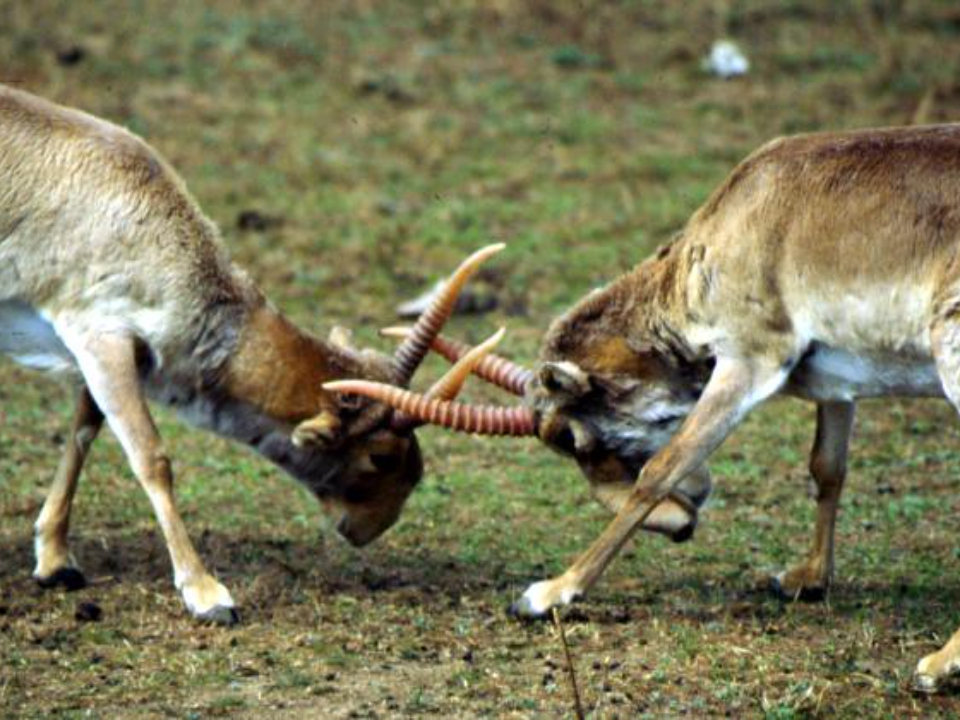
The saiga antelope is a species that primarily inhabits the Eurasian steppes. These animals are known for their distinctive, bulbous noses, which help them survive the harsh, dry winters of Central Asia. Saiga antelopes are seasonal migrants, moving to lower altitudes during the colder months to avoid the extreme cold and find better grazing grounds.
In the spring, the saiga returns to the higher, more open plains to give birth. Their seasonal migration is driven by the need to find the most suitable conditions for grazing and survival. These antelopes are highly adapted to their seasonal rhythms, following the availability of food and optimal weather.
Mountain Goat
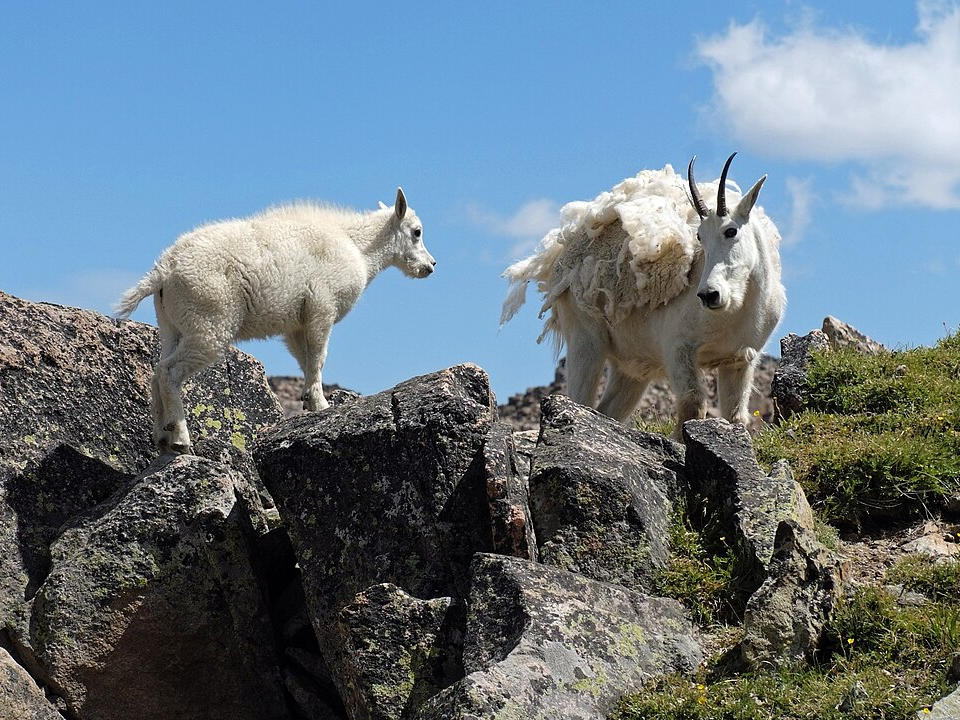
Mountain goats are found in the rugged, rocky terrains of North America’s mountain ranges. Known for their ability to scale steep cliffs, these animals are most active during the warmer months when they can forage for food. In the colder months, they seek shelter at higher altitudes, relying on their thick coats to protect them from harsh winter conditions.
During the winter, mountain goats move to lower elevations where the conditions are less extreme. They are perfectly suited for seasonal changes, with their ability to adapt to varying altitudes ensuring their survival throughout the year.
Snowy Owl
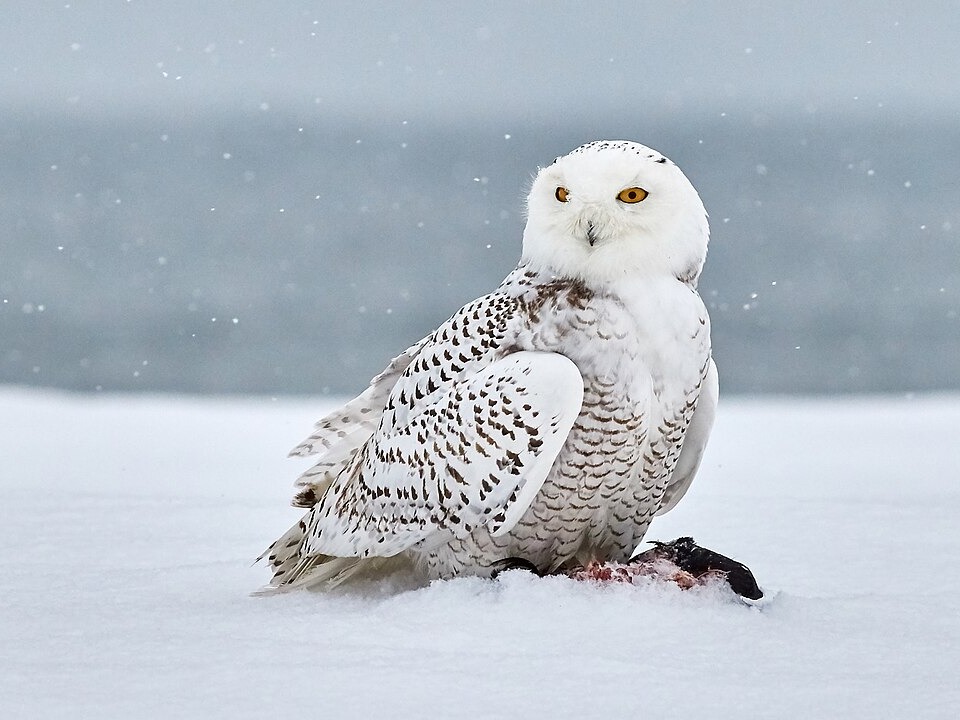
The snowy owl is a striking bird that inhabits the Arctic tundra. These owls migrate southward during the winter months, seeking food in more temperate regions such as the northern parts of North America and Europe. Their white feathers provide them with excellent camouflage against the snowy landscapes of their northern breeding grounds.
As winter approaches, the snowy owl follows its prey southward, often appearing in places where they are rarely seen during warmer months. They primarily hunt small mammals, and their seasonal migration helps them find the food resources they need to survive the colder months.
Japanese Fire-bellied Newt
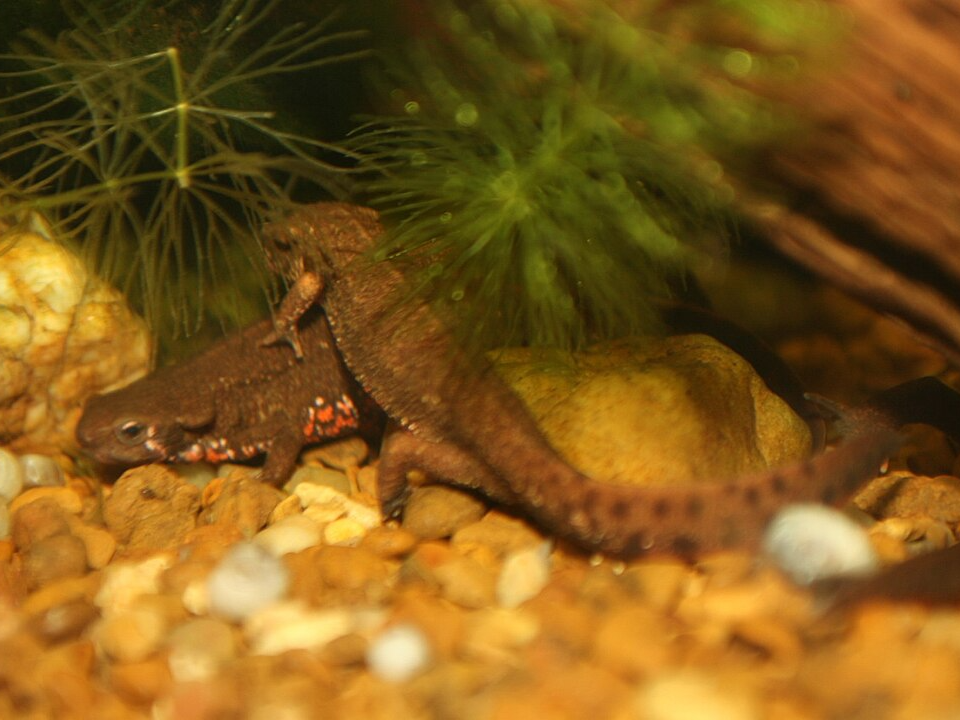
The Japanese fire-bellied newt is a striking amphibian with vibrant red and black markings. This species is seasonal, emerging in the spring and summer to breed in the freshwater ponds of Japan. During the colder months, the newt hides in moist soil or under leaf litter, where it can safely hibernate until warmer weather arrives.
Their seasonal cycle is linked to temperature changes and the availability of water sources for breeding. The newts’ distinctive appearance and seasonal behavior make them a fascinating creature to observe during their active months.
Snow Goose
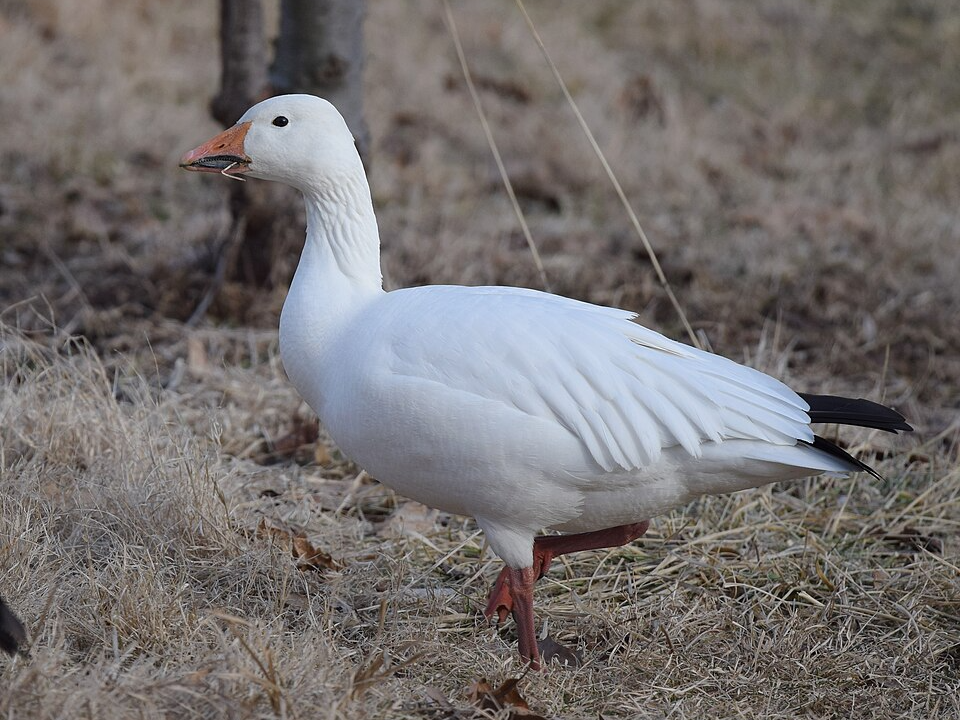
Snow geese are large migratory birds known for their striking white plumage. These geese breed in the Arctic tundra during the summer months, taking advantage of the abundant food resources available during the short Arctic summer. As winter approaches, they begin their long migration to the southern United States and Mexico, where they find warmer conditions and plenty of food.
The seasonal migration of snow geese is one of nature’s most spectacular sights, with flocks of thousands of birds traveling together in large V-shaped formations. Their arrival in the southern regions marks the transition from cold to warm weather, as they prepare for their breeding season back in the Arctic.
Painted Lady Butterfly
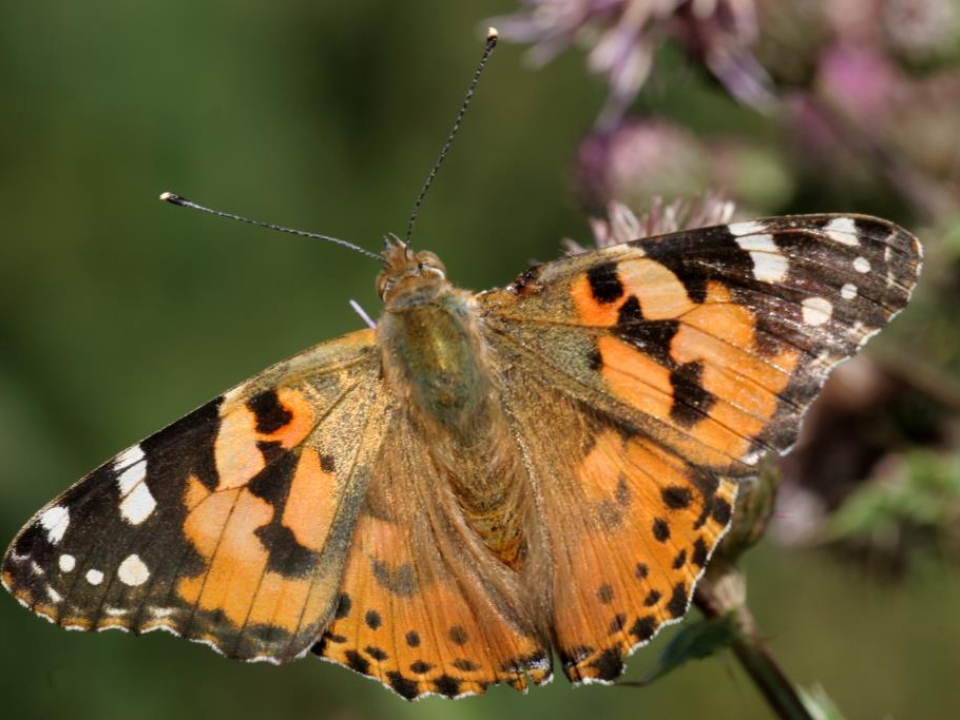
The painted lady butterfly is one of the most widespread butterfly species in the world, known for its orange and black wings with intricate patterns. This butterfly migrates long distances, traveling from Europe and Asia to Africa during the colder months to escape the harsh winter. They travel in large groups, often moving together for thousands of miles.
As the temperatures rise in the spring, the painted lady butterflies return northward to their breeding grounds. Their seasonal migration is an essential part of their life cycle, and observing them during their migration can be a breathtaking sight.
Red Deer
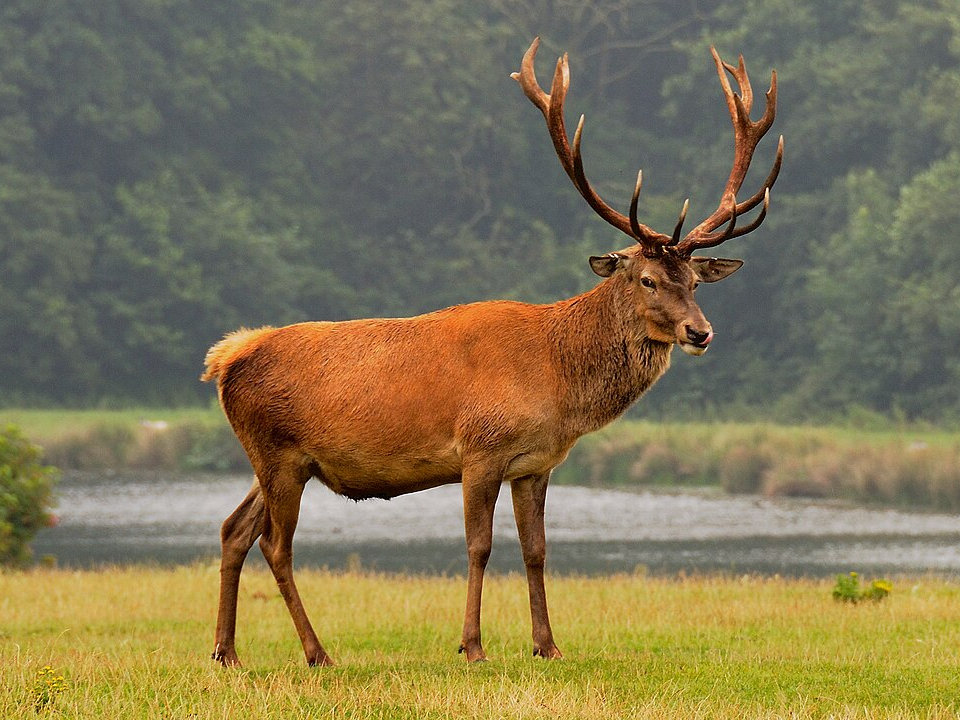
Red deer are found throughout Europe, Asia, and parts of North Africa. These majestic animals are highly seasonal, with their movements largely governed by the availability of food and the mating season. During the colder months, red deer move to lower elevations, where the conditions are milder and food is more plentiful.
In the fall, red deer return to higher ground to engage in their rut, where males compete for mates by roaring loudly and displaying their antlers. Their seasonal migration and behavior are closely linked to their breeding cycle, and watching them during the rutting season is a unique experience.
Eastern Box Turtle
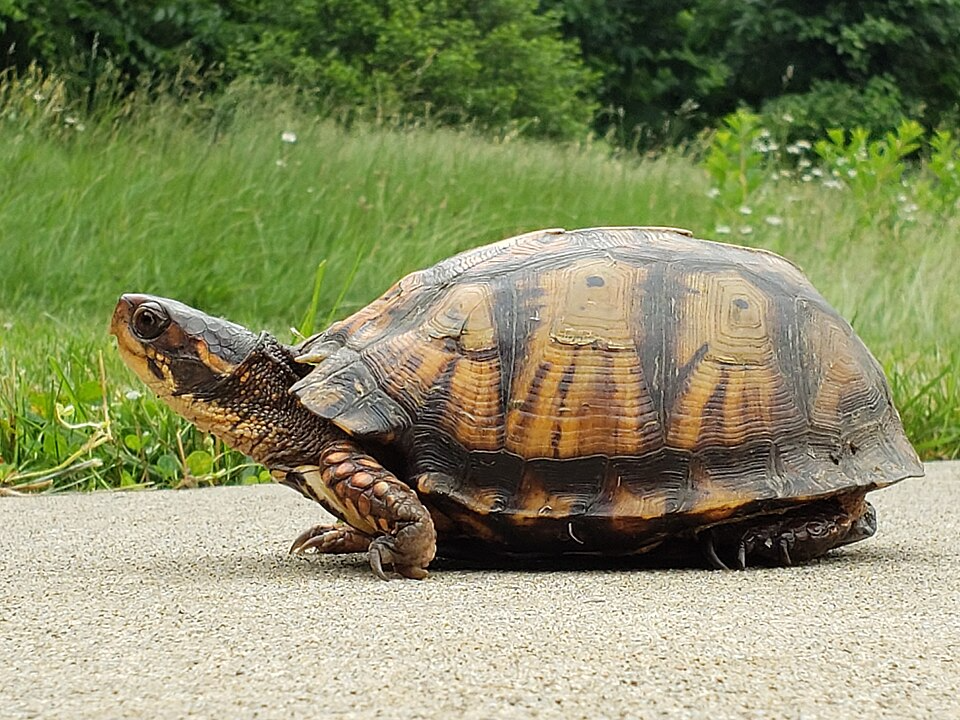
The eastern box turtle is a small, land-dwelling reptile found primarily in the eastern United States. These turtles are most active during the warmer months, emerging from their burrows in early spring to forage for food. They are known for their ability to completely close their shells, which they use as protection from predators.
During the fall and winter, eastern box turtles enter a period of dormancy known as brumation, where their metabolic rate slows down, and they remain hidden in their burrows. Their seasonal behavior helps them survive the cold winters, as they rely on the warmth of the sun to remain active during the warmer months.
Musk Ox
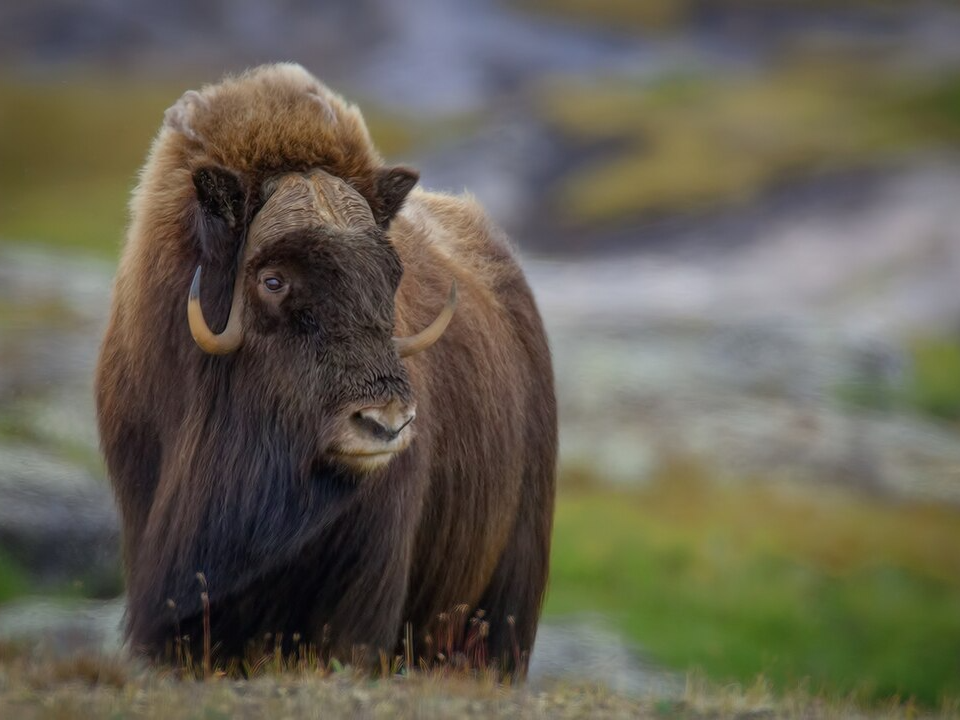
Musk oxen are large, shaggy mammals native to the Arctic and sub-Arctic regions. These animals are most commonly found in Greenland, Canada, and parts of Alaska, where they are highly adapted to the cold. During the winter months, musk oxen can be seen grazing on the tundra, using their thick coats to protect them from freezing temperatures.
As the seasons change, musk oxen remain in their habitats, often migrating to different areas in search of better grazing. They are primarily active during the winter months, and their large herds are a remarkable sight against the stark, snow-covered landscapes of the Arctic. Their seasonal presence is a sign of the harsh but beautiful environment in which they thrive.
This article originally appeared on Avocadu.
